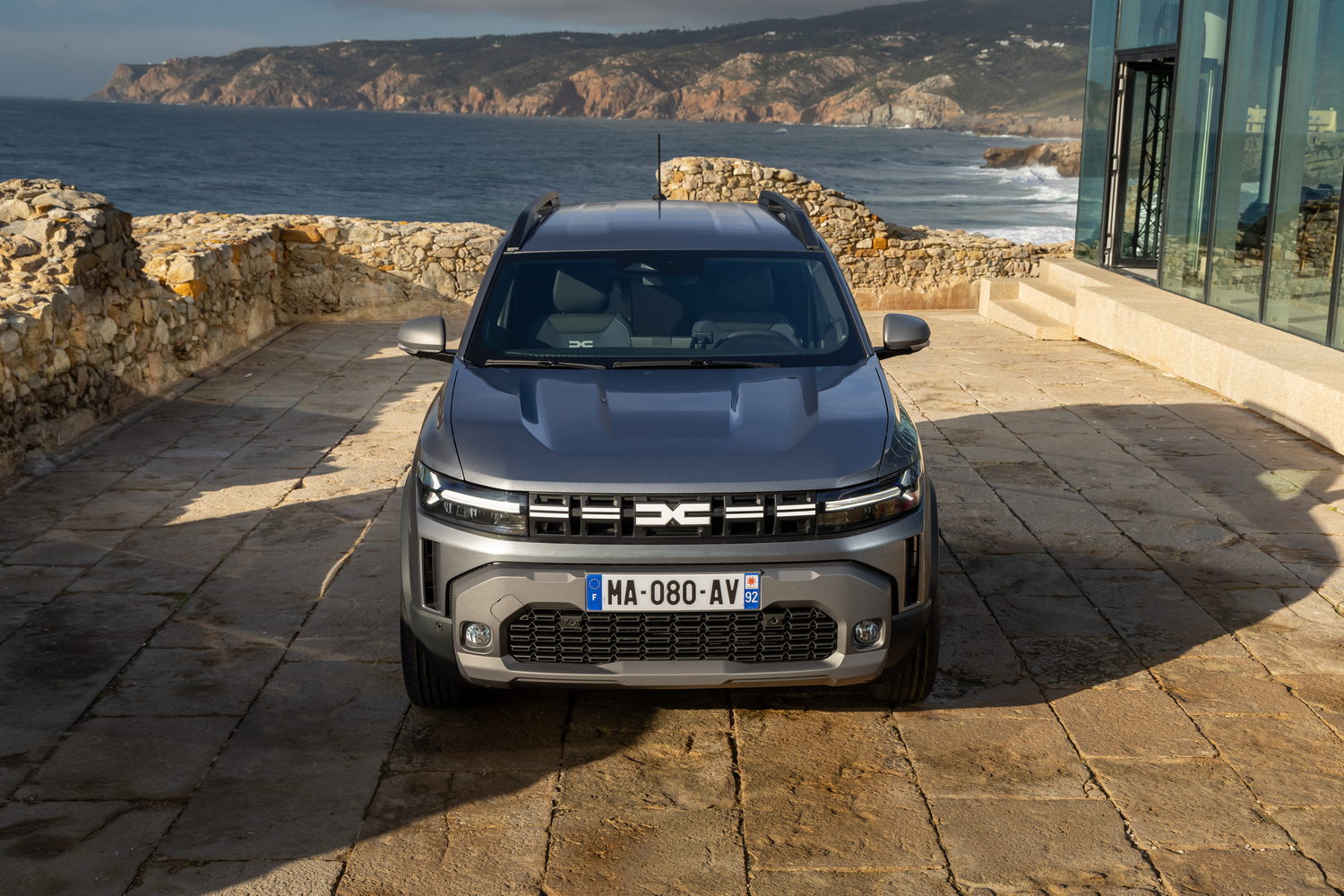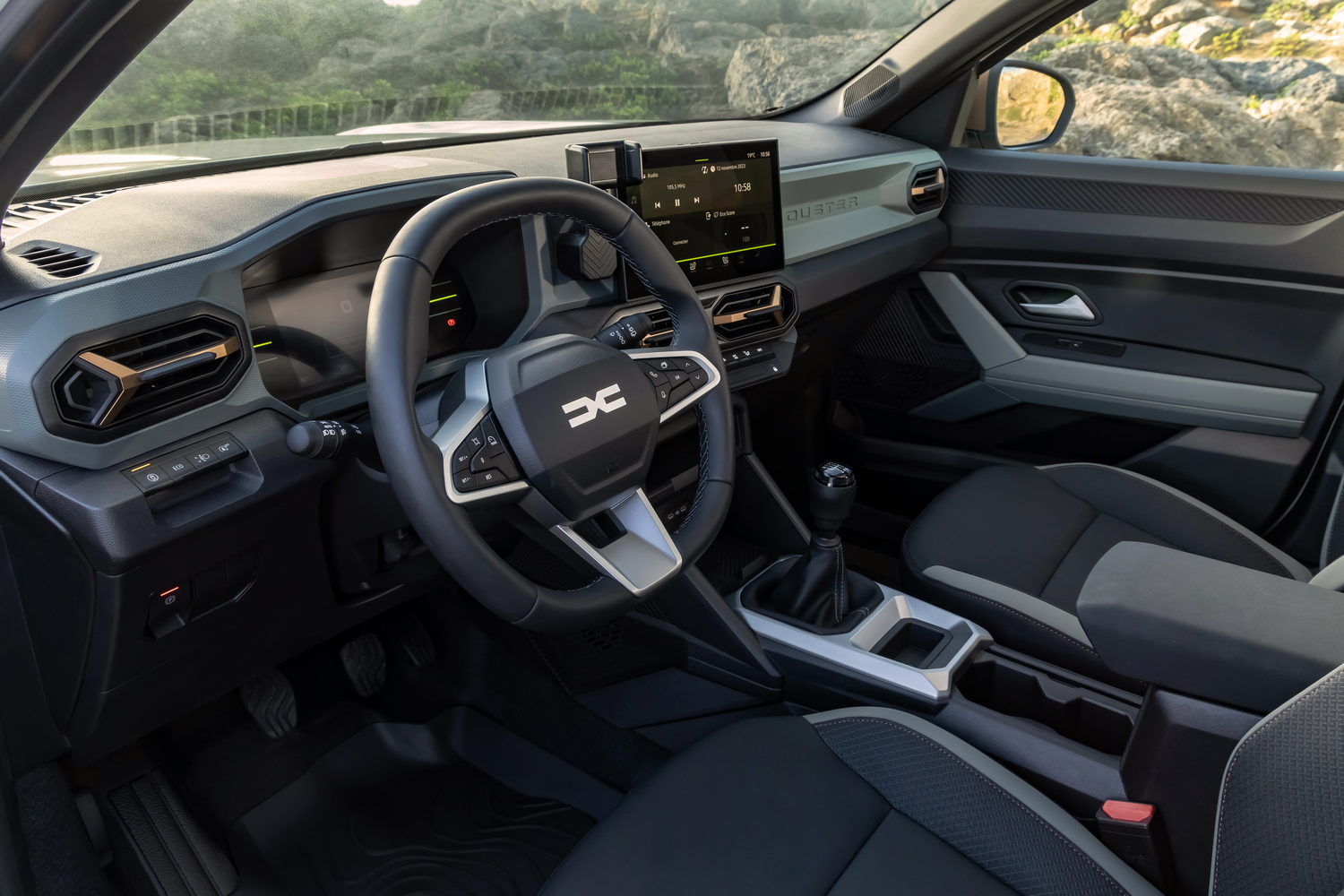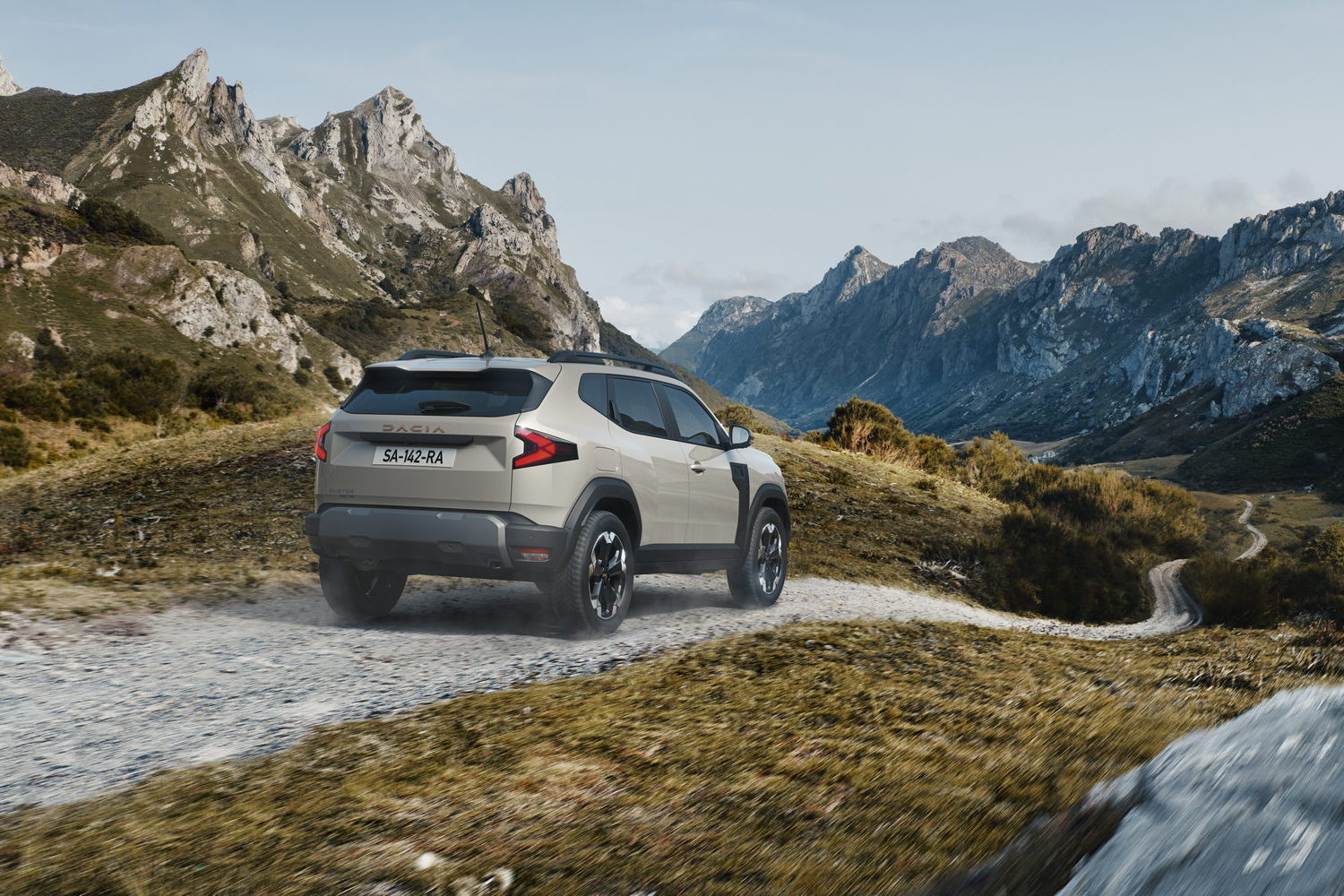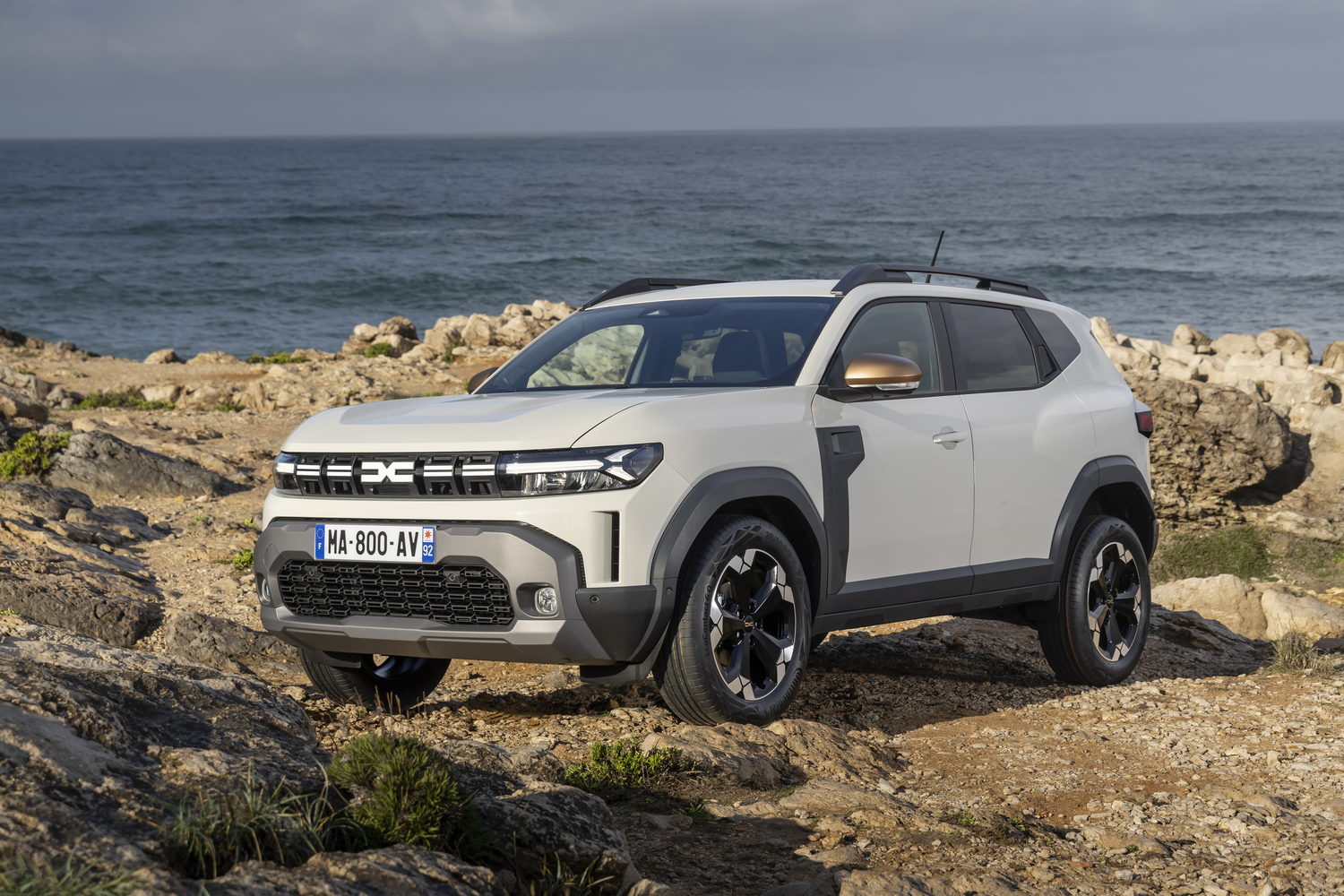Here is our first look at the all-new third-generation Dacia Duster, which will go on sale in Ireland early in 2024. It represents the most significant change in the model's history, including the introduction of the first hybrid model.
The Duster debuted in 2010, and when it was launched in Ireland in 2012, it helped to put Dacia on the map, offering a new SUV option for less than €15,000. Over the years, Dacia has produced more than 2.2 million Dusters, making it one of the most successful SUVs in Europe.
Tapping into persistent demand for SUVs, Dacia has given the Duster a more rugged appearance this time around, taking cues from the Bigster concept car, itself due to become a production model during 2024 as a larger five-seat SUV positioned above the Duster.
Unchanged dimensions
The overall dimensions of the new Duster are almost identical to the outgoing version's, with a slightly lower roofline to reduce drag. It does appear wider due to the LED headlight signature that wraps around the front in a Y shape. Vertical air intakes on the front bumper and contrasting skid plates increase that sense of width. The latter has its colour impregnated during the production process rather than being painted afterwards, which Dacia says reduces the visibility of scraps and scratches over time.
Another new feature of the Duster is the use of a specially created plastic material for the wheel arches, sills and door trims. Starkle, as Dacia calls it, uses 20 per cent recycled plastic and has a distinctive mottled appearance that shows the different particles of its makeup. Rather than trying to hide this, Dacia's designers have embraced the imperfect colouring to highlight the increased use of recycled materials.
Tough new interior
The interior gets a similarly tough and rugged look, including the Duster name stamped into the dashboard fascia. Staying true to its affordable mantra, the entry-grade Duster will come not with a touchscreen but a cradle to put your smartphone into, while the analogue instrument cluster incorporates a 3.5-inch display.
For most of the Duster range, which will comprise four trim levels in all, there is a 10.1-inch touchscreen that connects wirelessly to Android Auto and Apple CarPlay, in addition to the native infotainment system. A seven-inch digital instrument display allows drivers to adjust the information they see on the move.
Despite a large touchscreen, there are still physical buttons for all of the ventilation and climate controls, while the centre console includes a wireless charging pad and USB ports. There are two cupholders and further storage underneath the central armrest. A rotary controller allows drivers to switch between five different drive modes in 4x4 versions.
New seats provide better support and increased comfort while using recycled materials in their construction. The interior has a better quality of materials, too, and the design is more contemporary than that of previous Dusters. Rear passenger space is decent, and the boot holds 472 litres of luggage.
Electrification comes to the Dacia Duster
This latest version of the Duster uses the same CMF-B platform underpinning the Sandero and Jogger, allowing Dacia to offer an electrified powertrain in the Duster for the first time. The Hybrid 140 setup is the same as in the Jogger, with a 1.6-litre petrol engine and two electric motors producing a maximum power output of 140hp. Drive goes to the front wheels via a sophisticated automatic transmission.
Dacia will also offer a mild-hybrid TCe 130 three-cylinder petrol engine that will be available with either front- or four-wheel drive. This version uses a six-speed manual gearbox and, in the case of the four-wheel-drive Duster, has a raised ground clearance for better off-road ability. The 'Eco-G 100' powertrain with petrol and LPG fuel tanks will be available in some markets and can officially cover up to 1,300 kilometres between refills.
Practical in the simplest ways
The Duster can easily accommodate a roof box thanks to its clever rail system that can swivel through 90 degrees, saving owners from purchasing additional roof rails. It can carry up to 80kg.
Dacia has created a bespoke Sleep Pack accessory for the Duster. The 3-in-1 box slots into the car when the rear seats are folded and serves as a double bed for camping. Underneath, it has ample storage space and a tray table that can fold out.
Dotted throughout the cabin, there's a YouClip locking system for accessories. These square attachment points let owners easily clip on various accessories, from LED lights and bag hooks to cupholders and phone or tablet holders.
The Dacia Duster is due to go on sale in Ireland during the spring of 2024, having made its public debut at the forthcoming Geneva motor show. Four specification grades will be available: Duster Essential, Duster Expression, Duster Extreme and Duster Journey. Irish pricing for these will be announced closer to the car's local introduction.






























